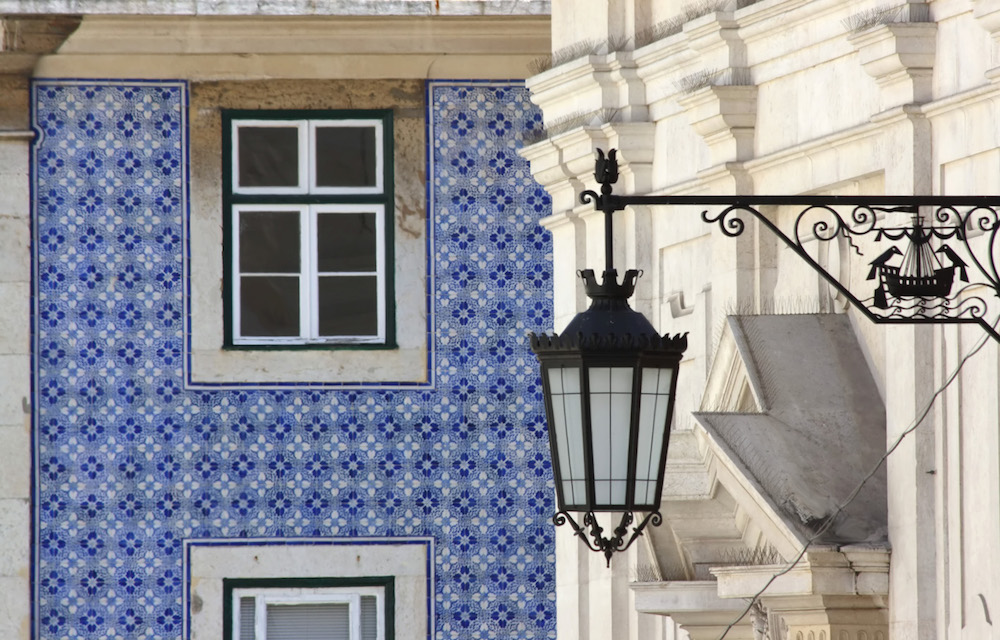Steal an extra two nights from a business trip to eat and sightsee your way around Portugal’s capital city, while travelling in sunshine yellow trams.
Written by Karolyne Ellacott
With its cobblestone-dotted streets stretched over seven magical hills, photogenic streetcars, tile-hugged buildings, endless baked goods, and breathtaking views, Lisbon is pure romance. No wonder the travel set is currently enamored with this mid-sized city (following a slightly more tempestuous affair with all of Iceland). Lisbon is made for meandering; everywhere you look, people are perched street-side, languorously sipping on café or pisco sours, or lounging in parks (which also come with cafes) and generally enjoying life. To rush is to miss out.
Here’s our guide to making the most of Portugal’s biggest — and highly walkable — city over the course of a weekend.
Day 1:
Sleepy Lisbon mornings demand coffee and some form of carb. Enter Café A Brasileira. Found in the Barrio Alto neighbourhood, this joint has been helping folks wake up since 1905, and is all Belle Époque architecture with checkerboard floors and oodles of mirrors. Sip on coffee and tuck into the first of many pastéis de nata (those tasty custard tarts).
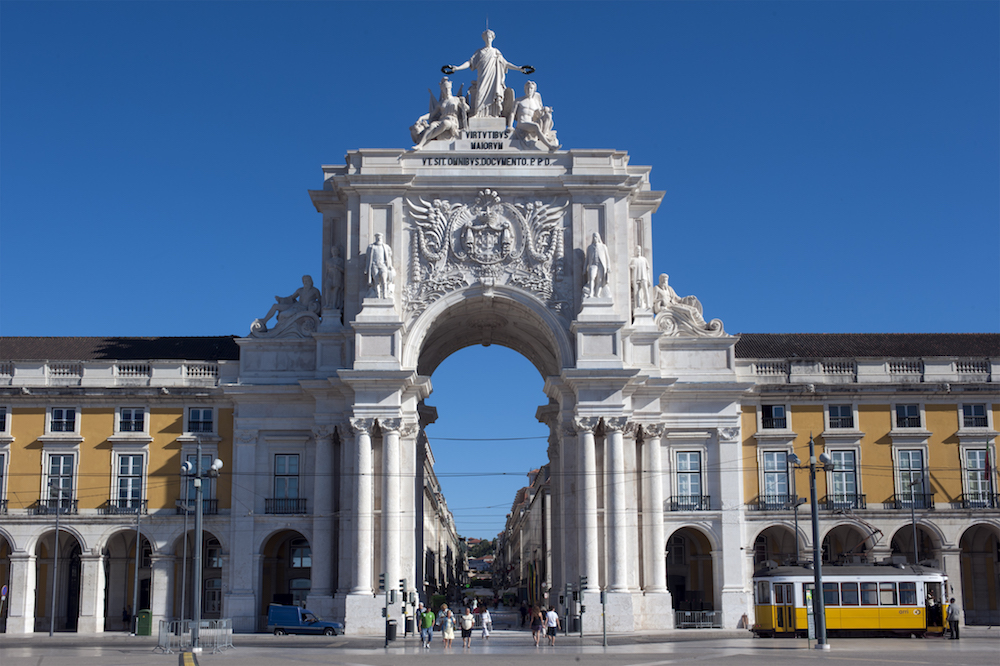

Progressing into the Príncipe Real neighbourhood, the next stop is A Cevicheria. This uber-popular restaurant has plenty of hype but is deserving of the ink. Add your name to the (almost guaranteed) wait list and head off for a stroll. Next door sits the slender Doce Real, which has newspaper clippings on the walls celebrating their devotion to the empanada. Glass display cases house the golden-hued goods which include mushroom and chicken empanadas and bolinhos de bacalhau (also known as cod-stuffed balls). Grab some for when the hunger strikes before heading off to the nearby Jardim do Príncipe Real.
This handsome park is centered under a giant cedar tree, which is a centenarian many times over, with branches spreading out some 65 feet. One can find musicians stationed beneath, folks sipping coffees from the nearby kiosk and, come sundown, word has it the tree is known to host to a party or two.
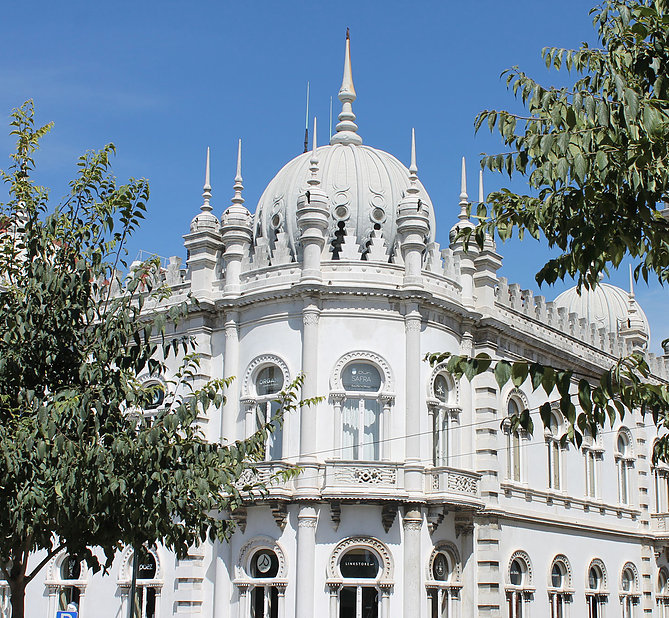

Food time at A Cevicheria. Here, Cordon Bleu-trained chef Kiko Martins blends Peruvian and Portuguese cuisine to great success. Order the drink (a pisco sour) and a glut of ceviche. Be sure to try the wonderful Puro (with seasonal whitefish, sweet potato and seaweed bathing in fragrant tiger’s milk) and the Portuguese option (with codfish and octopus). Ordering duplicates of the same dish isn’t frowned upon. And is necessary.
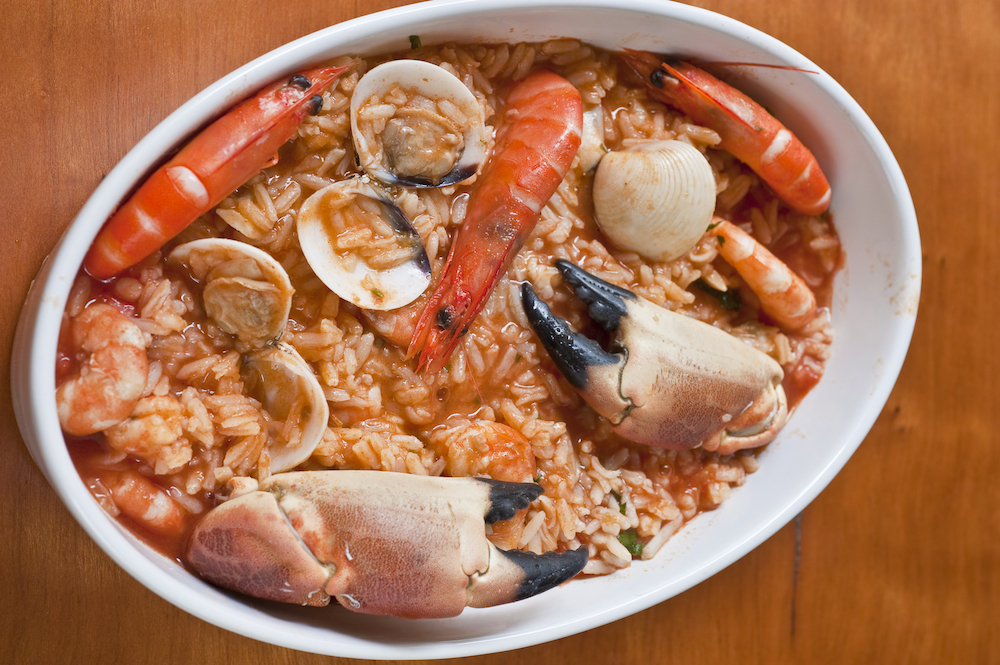

The focal point of any Sintra visit is the Palácio da Pena. This magical edifice looks as if it were designed by an imaginative child with a taste for primary colours and all things ornate. However it was King Ferdinand II who commissioned Pena Palace back in 1842, opting to pick and choose favoured features from different styles of architecture (think medieval Gothic wed to Islamic with a dash of the Renaissance) resulting in this Romantic revivalist summer castle. Perched atop a hill and surrounding by gardens — and oodles of mist, should the weather obey — the castle is pure amor. (Do note that an arrival after 6 p.m. means that only the gardens will be open — nevermind what Google says.)
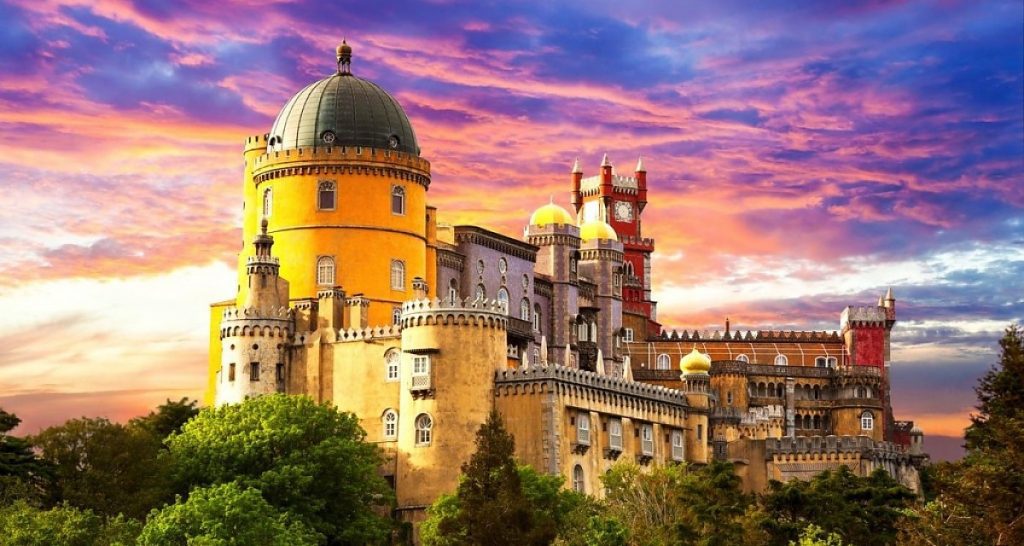

Post castle, tuk tuk it back down the mountain to charming Sintra where the wee streets can be quickly roamed before a glass of wine is in order. A great bet is charming Loja do Vinho — a resto and wine cellar. Sit down outside, sip on some port and tuck into canned sardines, bread and cheese. The semi-ripe sheep’s milk cheese is an absolute must. (Get some to go for later.) If your budget is a tad more generous, the Michelin-starred Alma would be a not-too-shabby alternative.
Day 2:
If there’s one thing on the to-do list of every single Lisbon tourist, it’s Pastéis de Belém. This bakery, found in the Belém nabe, hearkens back to 1837 and has more than perfected the custardy tart. Sit in the blue and white tiled room and chomp on pasteís with gusto; these stand out with a slightly more eggy interior and a crackle-crisp shell. Sprinkle with powdered sugar and cinnamon and taste how they trounce the competition.
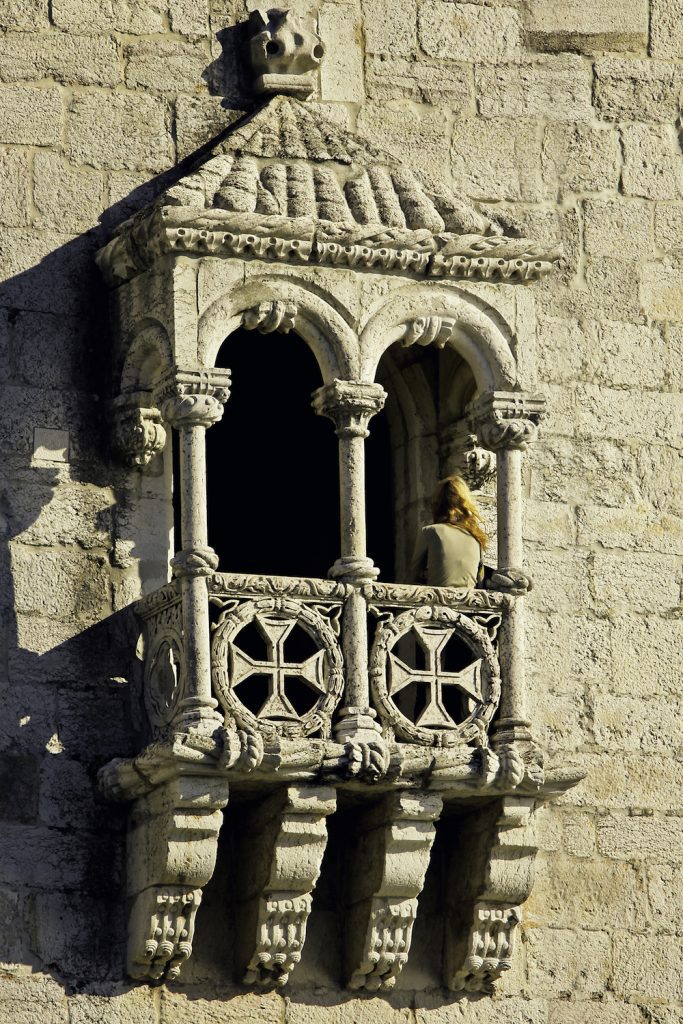

Next up on the itinerary is the Time Out Market. This glorious edible shrine to Portugal’s best culinary offerings came to be in 2014 when the editorial team behind Time Out Portugal magazine decided this was what Lisbon needed: a place to showcase the very best of their beloved city. Inside, the sprawling space houses two dozen restaurants and multiple food shops including the famed Conserveira de Lisboa, which hawks sardines houses in artful tins, and Manteigaria Silva, where carnivores can get their paws on all sorts of Portuguese-made charcuterie and cheese (the it cheese is the cured queijo de Serra). Do seek out the Miguels: The Miguel Laffan stall sees the Michelin-starred chef zoom in on chicken; the Miguel Castro E Silva stand dishes out classic Portuguese comfort foods.
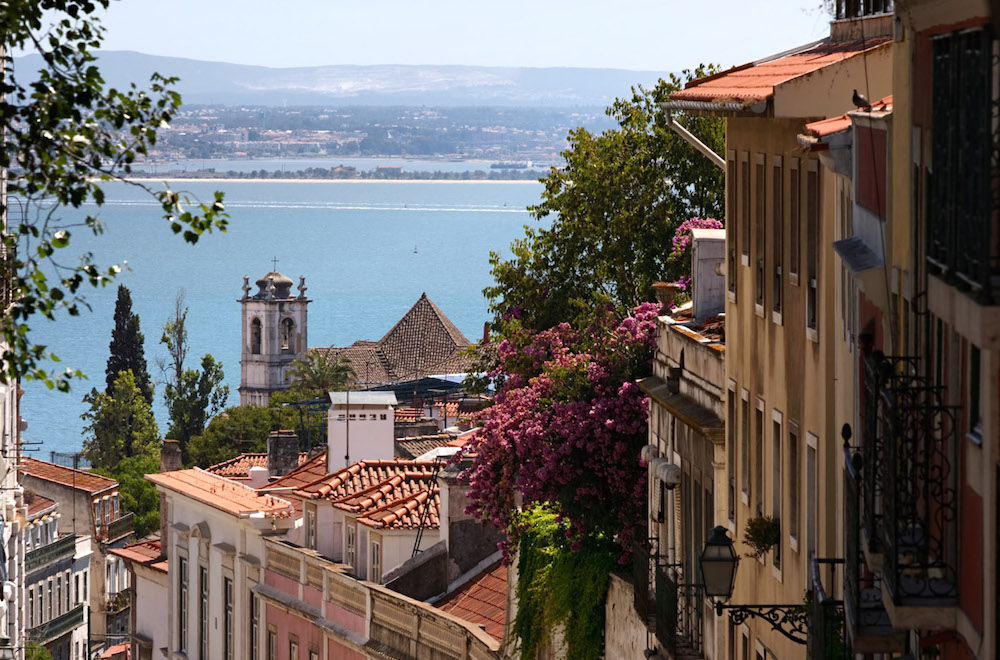

When done with the grub (but are you ever truly done in Portugal?), the winding streets of Santa Cruz do Castelo surround the São Jorge Castle offers plenty of territory to explore. The grounds of the castle do offer an incredible view across the city, with the Golden Gate-esque bridge in clear view, however as far as castles go, this one’s a tad dry. Money would be better spend on supporting local shops.
After sundown head for Rua Nova do Carvalho, known as the Pink Streets due to the area’s long history as the red light district. Though one risks getting overrun with a rowdy, backpacker-esque youth, Pensão Amor is former brothel and worth a visit. Old burlesque posters and ceiling frescoes decorate the 18th century space, while patrons sip classic libations in tufted velvet armchairs.
For more nightlife, the nearby Barrio Alto neighbourhood possesses far more charm — plus, no trip to Lisbon can be complete without taking in some fado. Serving up nostalgia and romance in one fell swoop, Portugal’s brand of the blues is ready to be discovered at many a spot. In the cavernous Restaurant Típico O Faia, a blonde chanteuse who looked like a Portuguese Barbra Streisand felled the room with her powerful voice before getting everyone singing and clapping along. Once the show’s over, everyone spills onto the narrow streets, getting swept up in a jubilant atmosphere while sipping on many a Sagres beer. A fitting end to a whirlwind weekend in Lisbon.


